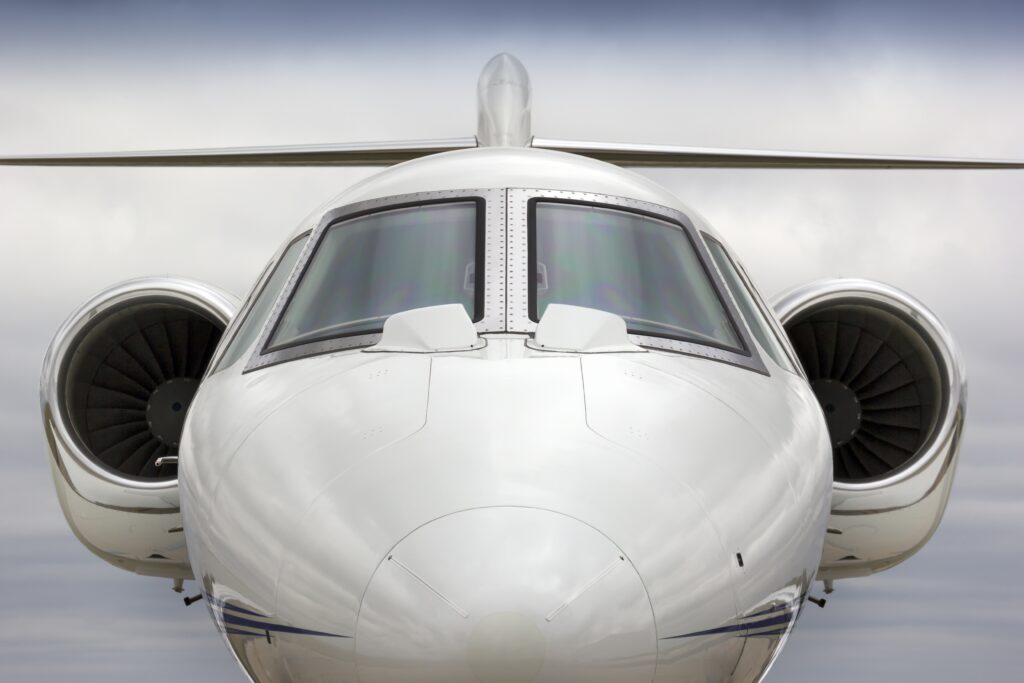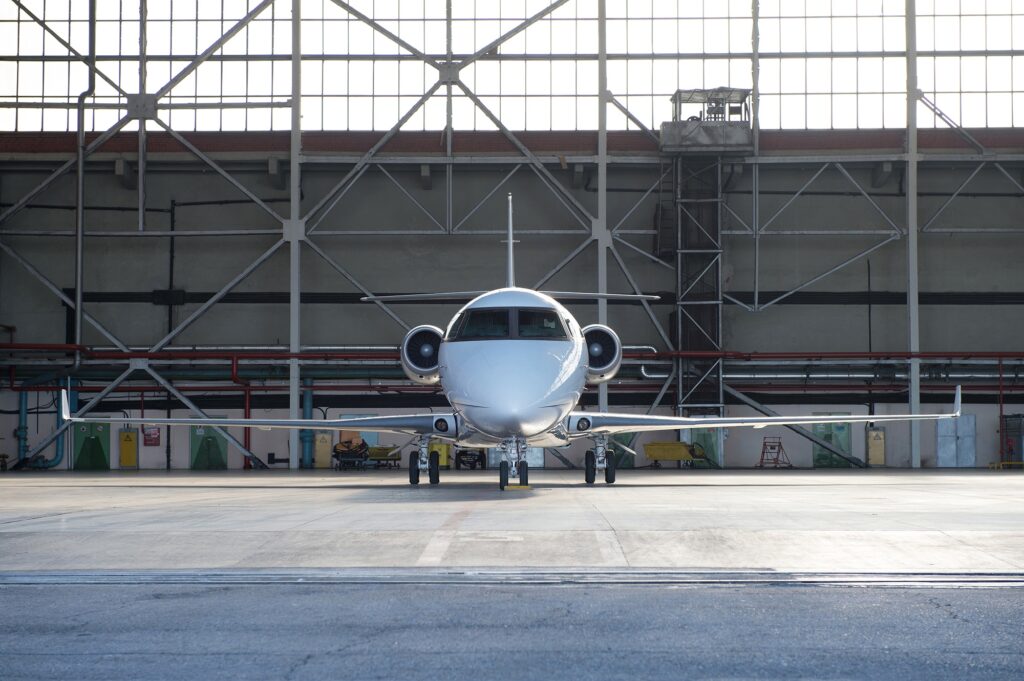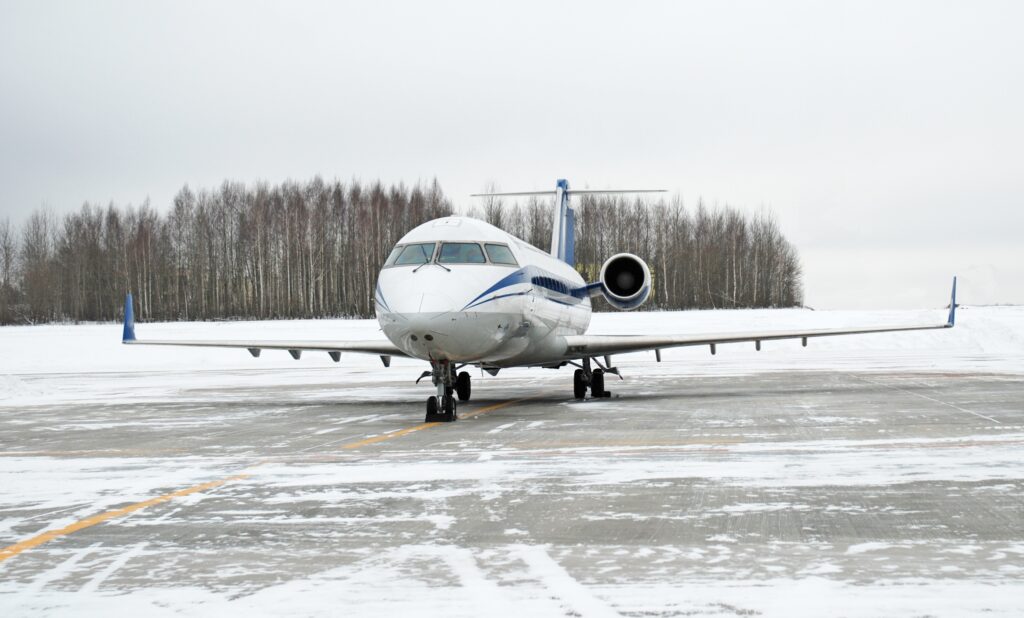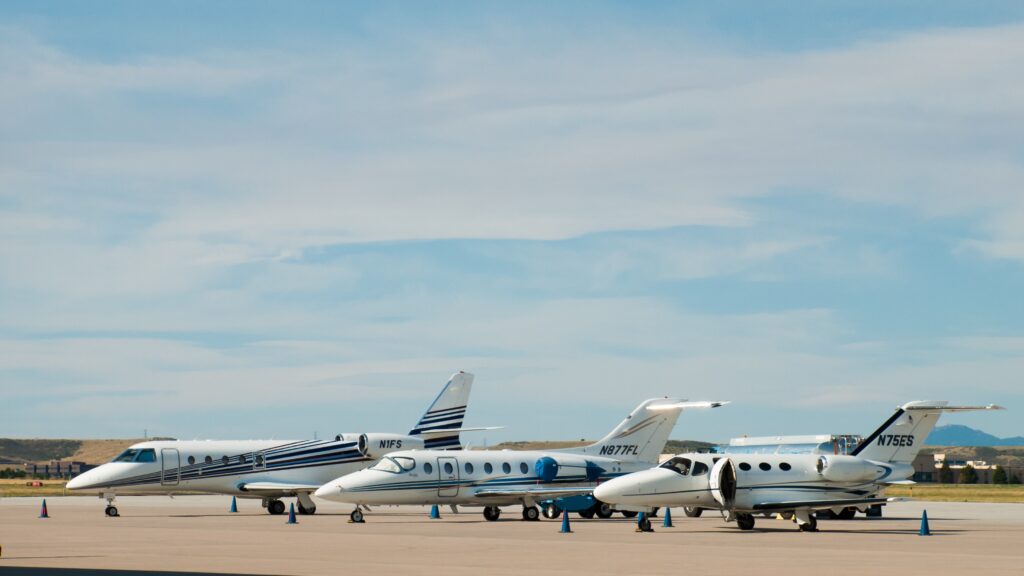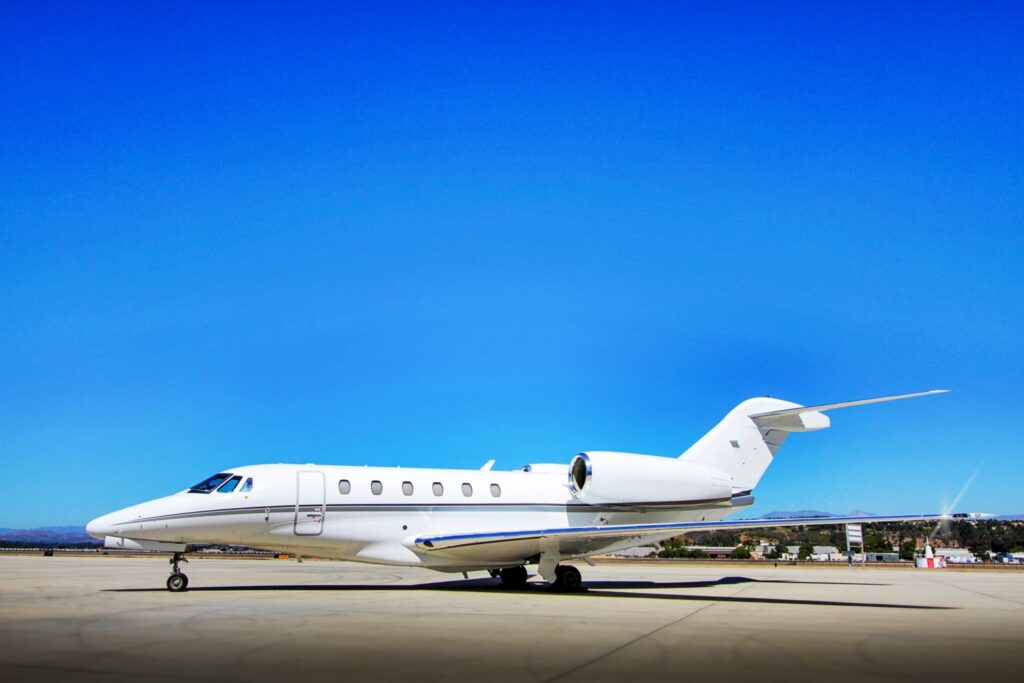More than 40 years ago, Rolls-Royce introduced the first engine maintenance program. Today, the vast majority of business jets are enrolled in a maintenance program. For the uninitiated, an engine maintenance program is one that effectively allows you to budget for maintenance on a usage basis by requiring you to pay an hourly fee as you fly. This then mitigates your out-of-pocket expenses when major engine maintenance events are due.
In addition to the financial stabilization advantages that an engine program offers, it also brings potential buyers the peace of mind that comes with knowing the aircraft has been well maintained. Aviation Week gave the following example, illustrating why an aircraft on an engine maintenance program would be worth more than a similar aircraft without a program.
Say aircraft “A,” which does not have HCMP (hourly cost maintenance program) coverage, has maintenance due of $1.153 million. Meanwhile, the total maintenance due figure for aircraft “B” is $2.258 million. However, aircraft “B” has its engines enrolled in an HCMP with 100% coverage and the value of that coverage is $1.105 million. Applying that program value to aircraft “B” creates an HCMP adjusted maintenance exposure value of $1.153 million, matching that of aircraft “A.” And most experienced operators would tell you that aircraft “B” is the more valuable of the two, since both its scheduled and unscheduled engine maintenance is covered through the HCMP. We have definitely found engine programs to be a value-add in resale situations.
However, engine maintenance programs aren’t for everybody. One of our connections in the industry did the math for his Falcon 900 to find out if an engine program would actually save him money in the long run. Here’s the example he gave us, based on maintenance numbers that Honeywell budgets for.
Hot section inspections (HSI), which are done every 2,500 hours on this particular aircraft, cost $180,000 per engine. Multiply that by three engines, you get $540,000. Full overhauls, which are done every 5,000 hours, cost $300,000 per engine. Multiply that number by three engines, and you get $900,000. So, for 5,000 hours, that’s $1.44 million worth of maintenance. On this occasion, Honeywell quoted MSP Gold at $285 per hour per engine, which totals $855 an hour for all three, equaling $4.275 million for MSP Gold over 5,000 flight hours.
In his words, you’re basically paying $4.275 million vs. $1.44 million (plus liability) for any unscheduled event. Is it worth that kind of money to be protected against unscheduled maintenance? Depending on the type of aircraft you fly, it may or may not be.
Another scenario where it probably wouldn’t make sense for you to enroll your aircraft in an engine program is if you’re buying it shortly after major overhauls were performed, and you likely won’t be overhauling the engines again before the end of its life. In that case, you may want to consider a program that covers catastrophic engine failure and/or unscheduled maintenance, or just go it alone and cover the cost of unscheduled maintenance yourself.
Today, every fixed-wing, turbine-powered business aircraft has an engine maintenance program offered by its manufacturer. Additionally, Jet Support Services Inc. (JSSI) is a non-manufacturer that offers engine maintenance management and their own engine maintenance programs. JSSI is typically more flexible than a manufacturer’s program, allowing you to flip your accrued equity from engine maintenance to airframe or APU. JSSI will also allow you to transfer that equity from one aircraft to another, regardless of make or model.
Below are some of the most common manufacturers’ engine programs:
- GE Honda Aero Engines EMC
- Honeywell Maintenance Service Plan (MSP)
- Pratt & Whitney Eagle Service Plan (ESP)
- Rolls-Royce CorporateCare
- Textron PowerAdvantage
- Williams International Total Assurance Program (TAP)
Each of these manufacturers offers different levels of coverage, giving you the option to cover scheduled and/or unscheduled maintenance, labor costs, rental engines, transportation fees, life-limited parts, refurbishment, corrosion, etc. To combat non-manufacturing entities like JSSI, some manufacturers have sweetened the deal on their engine programs. Most Williams engines, for example, have a TBO of 3,500 hours if not enrolled in TAP. If they are enrolled in Williams TAP, the TBO is increased to 4,000 hours.
Many business jet owners and operators find that engine programs are worth the cost, due to the protection against unscheduled maintenance and increase in resale value. Our advice to you is, like our friend above, do the math. Shop around for quotes on overhaul and inspection costs to see how they compare to the cost of an engine program. You may find that it’s best to go it alone.
For more detailed information on engine programs and what each manufacturer offers, check out Aviation Week’sarticle on the topic: http://aviationweek.com/bca/getting-engine-maintenance-program
[ulp id=’BE6pmlq8yQI913DS’]

